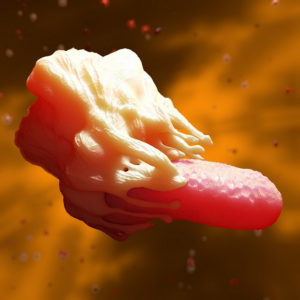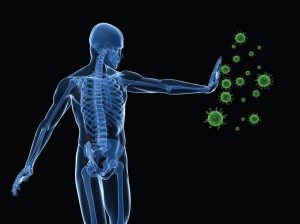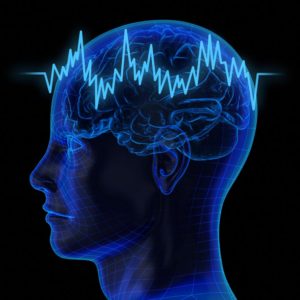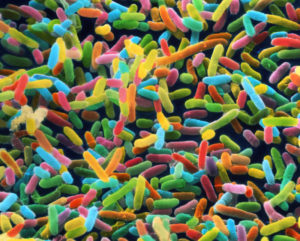Highlights
•
Single-cell RNA-seq stratifies patients with similar clinical presentation
•
A pseudotemporal profile aligns single cells along a control to disease axis
•
HDAC4 is mislocalized to the nucleus in PD patient iPSC-derived dopamine neurons
•
Repurposed compounds correct HDAC4 mislocalization and revert PD-related phenotypes
Summary
Induced pluripotent stem cell (iPSC)-derived dopamine neurons provide an opportunity to model Parkinson’s disease (PD), but neuronal cultures are confounded by asynchronous and heterogeneous appearance of disease phenotypes in vitro. Using high-resolution, single-cell transcriptomic analyses of iPSC-derived dopamine neurons carrying the GBA-N370S PD risk variant, we identified a progressive axis of gene expression variation leading to endoplasmic reticulum stress. Pseudotime analysis of genes differentially expressed (DE) along this axis identified the transcriptional repressor histone deacetylase 4 (HDAC4) as an upstream regulator of disease progression. HDAC4 was mislocalized to the nucleus in PD iPSC-derived dopamine neurons and repressed genes early in the disease axis, leading to late deficits in protein homeostasis. Treatment of iPSC-derived dopamine neurons with HDAC4-modulating compounds upregulated genes early in the DE axis and corrected PD-related cellular phenotypes. Our study demonstrates how single-cell transcriptomics can exploit cellular heterogeneity to reveal disease mechanisms and identify therapeutic targets.







